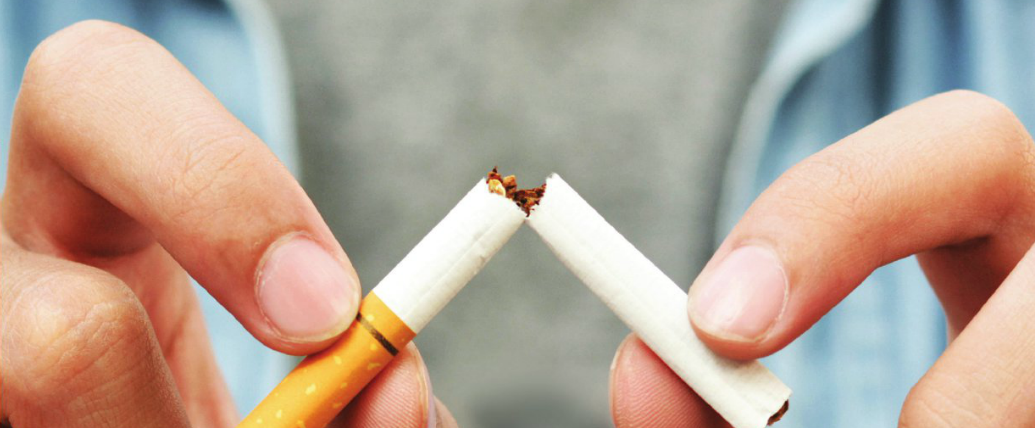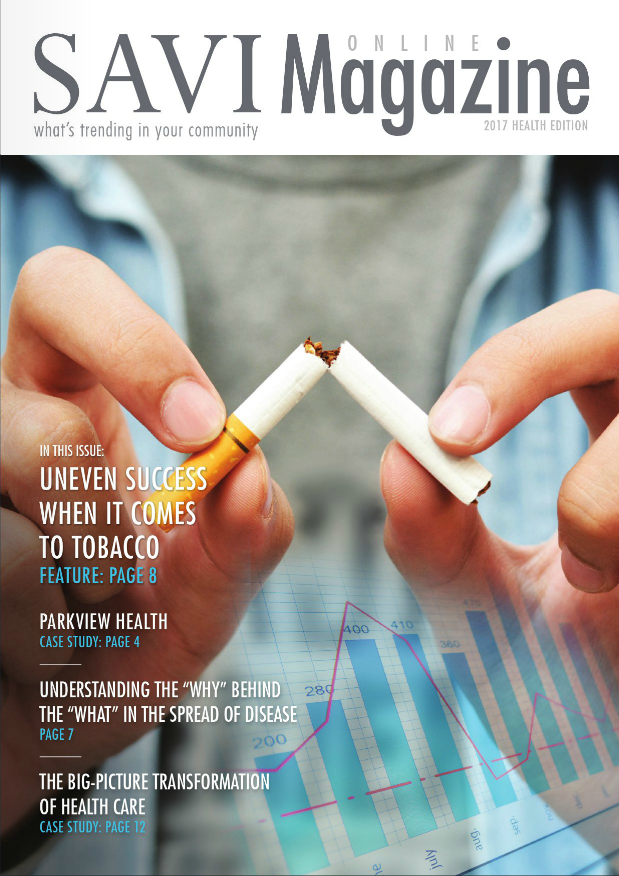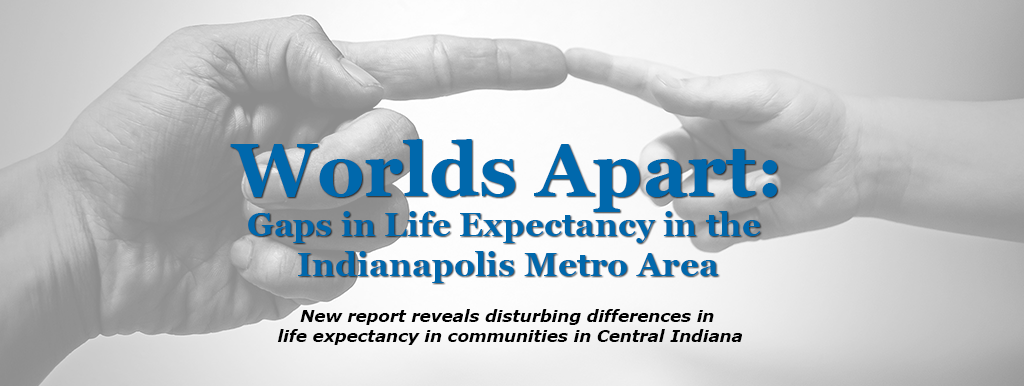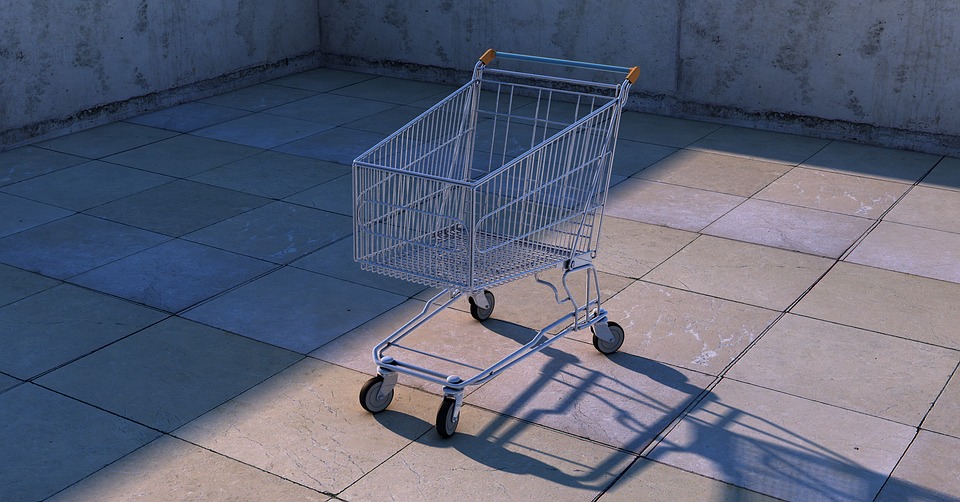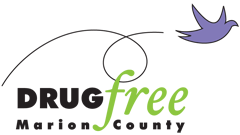About 45 percent of the U.S. population smoked in the mid-1960s. In the last half century, the rate has fallen by two-thirds, to about 15 percent.
But the success is uneven, and the story is complicated. Smoking rates vary widely from state to state, city to city, and even neighborhood to neighborhood. In Indiana, 20.6 percent of the population smokes—the 12th highest rate in the nation. In Marion County, the rate is just as high: 21.8 percent of the population smokes. In the five states with the lowest smoking rates, the numbers range from nine to 14 percent.
Just as smoking rates vary widely across geographies, access to tobacco is radically uneven from place to place.
That’s the key finding of a new report from The Polis Center, Unequal Access, which details the density of tobacco
retailing in the Indianapolis area.
“While unequal access typically refers to less access to a desirable resource by marginalized populations,” the report notes, “greater access by and to marginalized populations is the troublesome inequity” in the case of tobacco products and tobacco marketing.
The disparities in tobacco access matter because greater density of tobacco retailers has been associated with higher rates of smoking. High density of retailers also means there is a concentration of tobacco marketing among populations that are already vulnerable to high rates of tobacco use. Unequal Access helps policymakers and public health professionals connect these dots—between poor health outcomes, high smoking rates, access to tobacco products, and
potential solutions.
“We’ve known for a long time that smoking is bad—that it causes cancer and a lot of other health problems,” says Karen Frederickson Comer, a coauthor of the report and the director of collaborative research and health geoinformatics at The Polis Center. “And yet, despite all this knowledge, our population continues to smoke at higher rates than the rest of the nation. So the question is, what more can we do to target the problem?”
The price of access
Indiana has about 8,500 licensed tobacco retailers. About 2,000 of them are located in the Indianapolis metro area, where, “as in other U.S. cities, tobacco retail outlets are concentrated where smoking rates are predicted to be the highest.”
The report found that in “high access” areas, the poverty rate is more than three times higher than in “low access” areas. The differences are similarly stark across
a range of metrics. In the areas of high access, the number of people without a high school degree is almost three times higher than in low access areas; the rate
of maternal smoking is nearly double; and the number of people without access to a car is over four times higher. High access areas also have the greatest populations of people of color and the highest rates of people with self-reported mental health issues. Nationwide, people with psychiatric or addictive disorders consume about 40 percent of the cigarettes purchased.
“Smoking rates are higher among people of limited means, and there’s a very high rate of smoking among people with a mental health diagnosis,” says Virginia
Caine, director of the Marion County Health Department. “Many people with mental health issues want to quit, but for some of them it’s a coping mechanism, or strategy, that helps them reduce their stress.”
There are good reasons to quantify tobacco retailing in relationship to high smoking rates in Indiana and the Indianapolis metro area. The stakes are high on multiple levels, beginning with economics.
Each year, healthcare expenses related to smoking cost Indiana an estimated $3 billion. The state and federal tax bill for treating smoking-related diseases, per
household, is about $900. And, the annual cost for lost productivity due to smoking is another estimated $3 billion.
Smoking also imposes profound human costs across all age ranges. Nearly 20 percent of deaths in the state are attributable to it, according to Caine, while
in Utah, which has the lowest percent of smoking-related deaths, the figure is less than 10 percent.
A long way come, a long way to go
The “common sense” about smoking, which blames it on a weakness of individual will, underplays the addictive power of tobacco and the power of marketing that targets vulnerable populations. Tobacco is “aggressively and skillfully marketed by the tobacco companies,” Caine says, and smoking is “often perceived as a bad habit that’s easily broken. Too often, it’s not seen as a public health issue” that can be dramatically influenced—for good or bad—by public policy.
Caine notes that Indiana has had some notable recent success in this arena. Over the past five years, the smoking rate has dropped by several points, from the mid-20s to the low-20s, and there are some small but important signs of progress. For example, the Indianapolis Motor Speedway recently announced that it would ban smoking in grandstand seats beginning in late 2017.
“We’ve come a long way,” Caine says. “I don’t think, even 10 to 15 years ago, people realized the extent of the harm done by smoking.”
For all the progress, though, much more could be done. Indiana should invest about $74 million per year in tobacco control, according to the Centers for Disease
Control’s recommendation. Yet the state’s tobacco control programs receive only $7 million annually in state and federal funding. Tobacco companies, meantime,
spend nearly $285 million on marketing their products in the state each year.
And, crucially, policy makers’ most powerful tool to reduce smoking is blunted in Indiana, relative to other states. Studies consistently demonstrate that “cigarettes are no different than any other consumer product,” in that they’re price sensitive: “As the price of cigarettes goes up, the sale of cigarettes goes down.”
Indiana’s tax per pack is $0.995, which is lower than all but 13 states. The average tax in all states is $1.69 per pack. “A broad coalition of business, health care, not-for-profit and academic groups have joined forces to advocate for legislation to raise the tax by $1.50,” the report notes. The move would have both human and economic benefits, “saving countless Hoosier lives and avoiding millions in healthcare and lost productivity costs.”
Stricter smoke-free air laws would also make a difference, along with raising the legal age for purchasing tobacco. State lawmakers could also address the problem by reducing the number of tobacco retailers and imposing tighter restriction on point-of-sale marketing—actions that cities and towns can’t take on their own, by state law. The key is to stay focused, and to keep working on a problem that poses serious health challenges and imposes steep costs on the whole state—but affects different communities in very different ways. “We have to continue to be vigilant,” Caine says. “We have to have discussions, and we have to push our policy makers to understand that we still have a crisis of public health related to tobacco use.”

